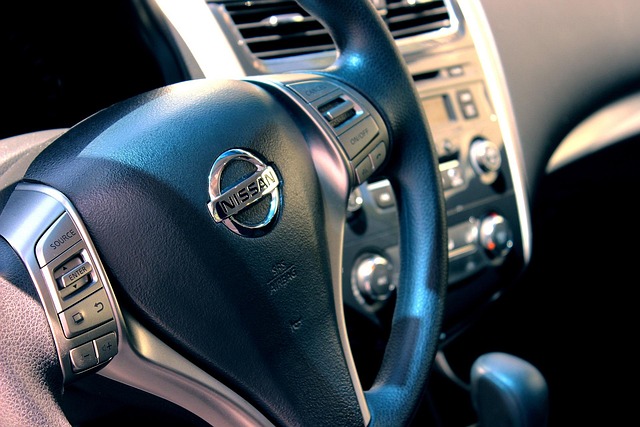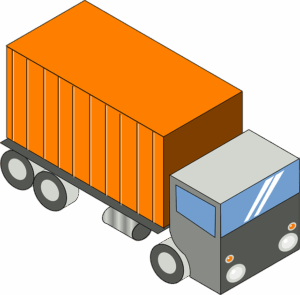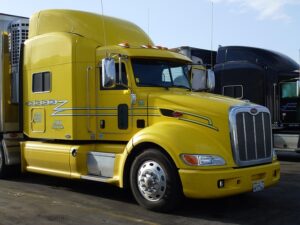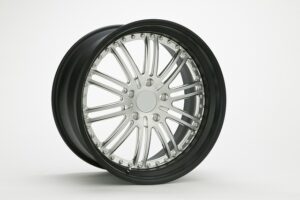Register Car California: Complete VIN Verification Process
Looking to register your car in California? This comprehensive guide walks you through the process step-by-step. First, understand the state’s unique car registration requirements. Next, gather essent…….

Looking to register your car in California? This comprehensive guide walks you through the process step-by-step. First, understand the state’s unique car registration requirements. Next, gather essential documents for a crucial VIN (Vehicle Identification Number) verification. After passing the check, submit your application and fees to the DMV. Finally, receive your personalized California registration plate. Remember, a successful registration depends on accurate information and proper vin verification.
- Understand California Car Registration Requirements
- Gather Necessary Documents for VIN Verification
- Perform Vehicle Identification Number (VIN) Check
- Submit Application and Fees to DMV
- Receive Your California Registration Plate
Understand California Car Registration Requirements

Before registering your car in California, it’s essential to understand the state’s requirements for vehicle registration and identification. One crucial step is the Vehicle Identification Number (VIN) verification process. This involves checking the VIN accuracy and ensuring it matches the make, model, year, and other specifications of your vehicle. In California, a valid and accurate VIN is required during the registration process.
Additionally, consider leveraging modern tools like mobile VIN verification services that can streamline this process. A mobile vin inspector or verifier can quickly validate your vehicle’s details through an online check, saving you time and effort. This method ensures compliance with California’s standards, making your car registration smooth and efficient.
Gather Necessary Documents for VIN Verification

Before you can register your car in California, you’ll need to gather several crucial documents for VIN (Vehicle Identification Number) verification. This process is a critical step in ensuring the vehicle’s history and authenticity are accurately checked. You’ll require the standard documentation, such as proof of ownership, which could be a title or a bill of sale, and a valid driver’s license or state ID card. Additionally, for a mobile VIN verification, you might need to have your vehicle’s registration papers on hand.
The California Department of Motor Vehicles (DMV) also requires a complete and accurate list of previous owners if the car has been used previously. This is particularly important when utilizing a mobile VIN verifier or undergoing an inspection as it facilitates a comprehensive examination of the vehicle’s history, helping to prevent fraud and ensuring compliance with state regulations.
Perform Vehicle Identification Number (VIN) Check

Before registering your car in California, it’s crucial to perform a Vehicle Identification Number (VIN) check. This process involves verifying the VIN of your vehicle to ensure it matches the information provided by the manufacturer and to confirm its authenticity. A valid VIN inspection is an essential step in the registration process as it helps protect against theft and ensures you’re purchasing a legitimate vehicle.
In California, you can opt for a traditional vin inspection at a designated service center or choose a more convenient option like a mobile vin verification service. The latter allows a qualified technician to perform the vin inspection right at your location, saving you time and effort. This modern approach leverages technology to streamline the process, making it easier than ever to complete your car registration requirements accurately and efficiently.
Submit Application and Fees to DMV

To register your car in California, you’ll need to submit an Application for Title and Registration (DMV Form REG-154) along with required fees and documentation to the Department of Motor Vehicles (DMV). Before submitting, ensure all information is accurate and complete. This includes your personal details, vehicle specifications, and, crucially, the Vehicle Identification Number (VIN) verification.
A valid VIN inspection is mandatory for registration in California. You can conduct this through a mobile vin verification service or have it done at a designated DMV location. The inspection confirms the vehicle’s authenticity and ensures it meets safety standards. Remember, accurate documentation and compliance with requirements, such as a complete VIN inspection, are vital steps in successfully registering your car.
Receive Your California Registration Plate

After completing your California vehicle registration application, the next step is to receive your official California registration plate. This typically involves a process known as VIN verification, where the unique Vehicle Identification Number (VIN) of your car is checked against state records to ensure it matches the information provided in your application. It’s during this stage that you might opt for a mobile vin inspection or utilize a mobile vin verifier to streamline the process, ensuring your vehicle’s details are accurately verified and allowing for a faster issuance of your registration plate.
Once your VIN has been successfully verified, the California Department of Motor Vehicles (DMV) will issue your personalized license plate. This plate is a crucial component of your vehicle’s registration and should be displayed prominently on your car for all to see. With your new registration plate in hand, you’re one step closer to legally operating your vehicle on California roads.
Registering a car in California involves understanding key requirements, gathering essential documents, completing a VIN verification check, submitting an application with fees to the DMV, and eventually receiving your new California registration plate. This process ensures compliance with state regulations, which is crucial for lawful vehicle operation within the state’s borders. Remember, proper vin verification is a vital step in this process, enabling you to navigate California’s roads smoothly and legally.







